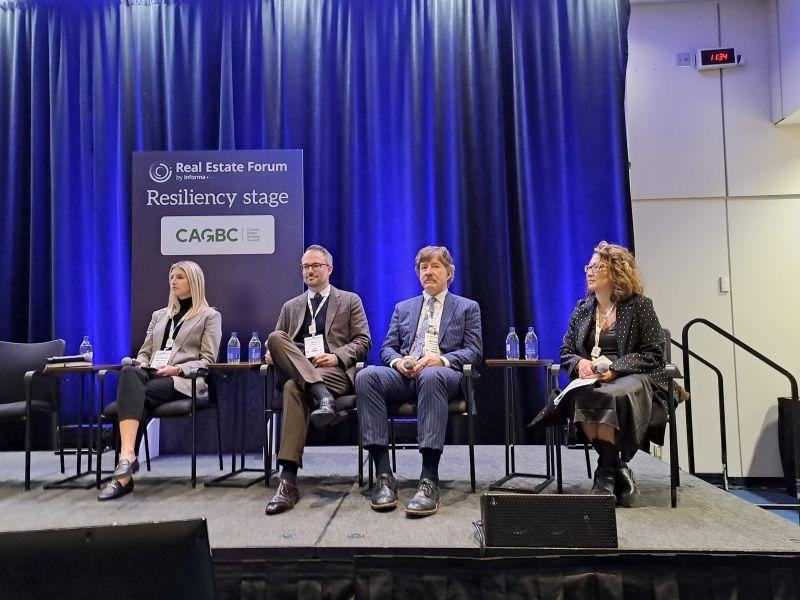GUEST SUBMISSION: COP29 is crunch time for determining how to finance the zero-emissions future. Official negotiations in Baku, Azerbaijan aim to define a way forward on funding through a new collective quantified goal to climate mitigation, loss and damage.
Today’s economic climate is challenging, there’s no denying that securing investment and budget needed for sustainability initiatives is harder than ever. Understanding how much impactful, needle-moving strategies will cost to implement demands a high-level of granularity and a deep analysis of sustainability dynamics, approaches and risks.
Leaders realize that they must find entirely new ways of doing business to meet their sustainability goals. Arriving at this point means thinking beyond quick-win initiatives such as energy efficiency efforts and recycling programs to reimagine entire business models, operational processes and even physical structures. While significant effort is needed to make these big leaps, the bottom-line benefits for doing so can be even bigger.
More of the large-scale, whole-of-business shifts are urgently needed to make the transformational leaps forward. And critically, pricing these projects and solutions using a level of granularity that predetermines implementation success. Iterating through each needed system for the project and understanding how they intersect within your organization and value-chain is critical. Following this approach provides a whole-of-project and whole-of-organization understanding of the economic feasibility of what needs to be achieved.
Imagine the impact if every organization reframed the climate action conversation from a set of problems to solve and costs to outlay into one that is about investment and opportunity. What if we could remove the underlying hesitancy from economic uncertainties and risks and replace it with "actualizing sustainability" – a clear roadmap that turns the strategy into real and commercially viable outcomes?
Five key questions to consider
Here are five questions that every leader needs to ask when costing their sustainability strategy. Making sustainability feasible should be part of every organization’s holistic commercial framework. Building a credible roadmap with transparency and accountability can litmus test your strategy and identify the full cost of plans.
What is the full cost of implementing your sustainability strategy?
Understanding the year three, five and ten costs of capital and resources, as well as the financial impacts and downtime losses, will help leaders make informed decisions and identify opportunities. Consider more than just expenditure to include potential cost savings that may be realized from implementation. Creating your stakeholder ecosystem including investors, customers and employees drives impact – factor in the costs of stakeholder engagement.
Is there a financial impact of not meeting your sustainability targets?
Depending on your jurisdiction, failing to meet climate disclosures and sustainability targets may include regulatory penalties including fines and legal costs. There’s also the long-term risk of increased operating costs through inefficient resource use. Reputational damage, investor withdrawal and supply chain disruption may also impact your bottom line.
Are your goals founded on an achievable reality for your cost structure?
Sustainability strategies that are well-integrated with the cost structure are more likely to be viable over the longer term and get done. Stakeholder and investor confidence stems from goals that are founded in a realistic understanding of the organization’s opportunities and limitations. Investing in new technologies and innovative solutions might drive outcomes, however, it’s essential to evaluate the costs and potential return on investment.
Is your sustainability strategy integrated into your long-term financial plan?
This includes forecasting future costs and savings, as well as considering the financial impacts of potential risks and opportunities. Conduct a thorough financial analysis of your sustainability initiatives. This involves evaluating the costs and benefits of each initiative, including potential cost savings, revenue generation and risk mitigation.
How will you actually do this?
While the challenges are complex, the way forward does not have to be. Adopting a structured approach that provides ample opportunity to learn and investigate, test concepts, refine, deploy and review will clear the path for fresh thinking, new ideas and, most importantly, actionable steps. Identify a path forward that places equal priority and emphasis on sustainability strategy, planning and delivery.










